Creeping Charlie is a pesky weed that can be difficult to get rid of. It seems to pop up out of nowhere and take over your garden in no time! If you’re looking for tips on how to get rid of creeping charlie for good, you’ve come to the right place. In this article, we will answer common questions about this weed and provide helpful tips on how to eradicate it from your property.
Table of Contents
Identifying Creeping Charlie Weed
Creeping Charlie is a member of the mint family and is also known as ground ivy, gill-over-the-ground, or creeping Jenny. It is a low-growing, evergreen plant that spreads rapidly through both seeds and runners (rootlike stems that grow along the ground). This weed can be difficult to control because it produces so many seeds and has a deep root system.
It is often seen growing under trees or shrubs where there is little sunlight. The leaves of this weed are round with scalloped edges and are dark green in color. They are usually about an inch long and have a crinkled or ruffled appearance. The stems of the plant are hairy and can be either green or purple. The flowers are small and blue, and they bloom from April to June.If you think you may have creeping Charlie on your property, it is important to identify it correctly. This is because there are many look-alike plants that could be confused for creeping Charlie. Some of these include henbit, deadnettle, wild violets, and speedwells. To make sure you are correctly identifying creeping Charlie, take a close look at the leaves. Creeping Charlie leaves will have rounded teeth along their edges while the leaves of look-alikes will be more smooth. You should also look for the hairy stems and small blue flowers. If you are still unsure, you can take a sample of the plant to your local Cooperative Extension office for identification.[3]
How to Control Creeping Charlie

Creeping Charlie is a fast-growing, evergreen groundcover that can quickly take over your yard if left unchecked. It has pretty blue flowers, but its aggressive nature makes it a nuisance in many gardens. If you’re looking to get rid of creeping charlie, there are a few things you can do.
One way to control creeping charlie is to pull it up by hand. This is best done in the spring when the plant is just starting to grow. Make sure to get all of the roots out so that it doesn’t come back. You can also use a hoe or trowel to dig it up.[2]
When to Get Rid of Creeping Charlie
Creeping Charlie is most active in the spring and early summer, so this is the best time to get rid of it. The plant will be easier to control when it’s young and actively growing. Plus, you’ll be able to better see where the creeping charlie is growing and how much there is.
Autumn, Creeping Charlie will start to die back on its own. However, if you want to get rid of it completely, you’ll need to take action in the spring or early summer.[4]
Before You Begin
If you’re wondering how to get rid of creeping charlie, you’re not alone. This pesky weed is also known as ground ivy, and it’s a common problem in many gardens and lawns. But don’t worry – there are a few things you can do to get rid of creeping charlie for good.
Before you begin, it’s important to understand a few things about this plant. Creeping Charlie is actually a member of the mint family, which means it has some unique characteristics. For example, Mint plants are very invasive – they tend to spread quickly and take over an area if left unchecked. This is why it’s so important to nip creeping Charlie in the bud early on.
Another thing to keep in mind is that creeping Charlie is a perennial plant, which means it will come back year after year. This weed is very difficult to kill completely, so even if you get rid of it one year, there’s a good chance it will come back the next. That’s why it’s important to be diligent in your efforts to control this plant.[1]
How to Remove Creeping Charlie by Hand
SUPPLIES
NEEDED:
- gloves
- trowel or spade
- bucket
- trash bag
- herbicide (optional)
STEP 1: Prune Creeping Charlie to expose the roots.
Before you can dig out Creeping Charlie, you need to prune it back. This will help expose the roots and make it easier to remove the plant.
Wear gloves when handling Creeping Charlie, as the plant can cause skin irritation. Use a trowel or spade to dig around the base of the plant. Gently lift the plant from the ground, being careful not to break off any roots.
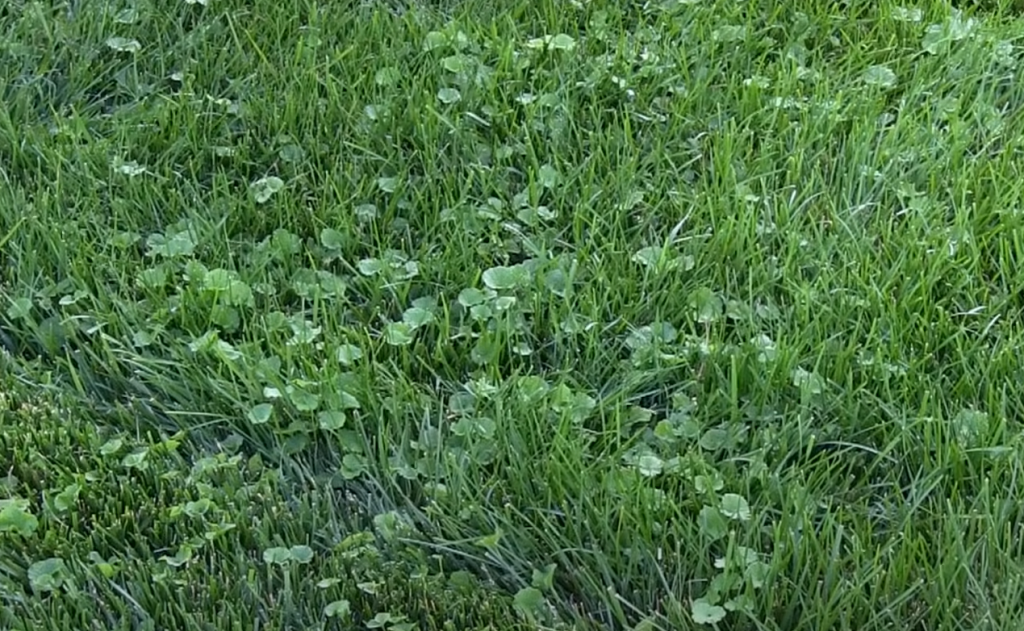
Place the plant in a bucket or trash bag and dispose of it properly. If you want to prevent regrowth, you can apply an herbicide to the area after removing the plant.[5]
STEP 2: Grasp the plant by the roots and pull it out.
To pull out creeping charlie, wait until there has been a light rain or irrigation so the soil is moistened and easier to work with. Then, using a trowel or your hands, grasp the plant by the roots and pull it out. If you have a particularly large or tough plant, you may need to use a garden spade or shovel to dig around the roots before pulling it up.
Once you’ve removed the plant, dispose of it in the trash so it doesn’t spread further. You can also try composting creeping charlie, but be sure to keep an eye on it as it can still spread through your compost pile.
STEP 3: Make sure that you’ve removed all root pieces from the soil.
Be sure to remove all the root pieces from the soil so that the plant doesn’t regrow. You can do this by hand or with a trowel, depending on the size of the roots. If you have a lot of creeping charlie, you may want to consider renting a rototiller to help with this step.
After you’ve removed all the roots, loosen up the top layer of soil with a rake to ensure that any remaining roots are exposed and can be removed.[5]
How to Get Rid of Creeping Charlie by Smothering It
SUPPLIES
NEEDED:
- a large piece of black plastic or a tarp
- rocks or bricks
- scissors
If you’re looking for a permanent solution to your Creeping Charlie problem, smothering it is the way to go. This method will kill the weed and prevent it from coming back.
STEP 1: Completely cover the patch of Creeping Charlie to block sunlight.
Use a large piece of black plastic or a tarp and secure it with rocks or bricks so that no sunlight can reach the plant.
You can also use a herbicide with the active ingredient glyphosate. Glyphosate will kill anything it touches, so be careful not to spray any desirable plants.
If you have Creeping Charlie in your lawn, the best way to get rid of it is to smother it with a layer of newspaper. This method is called solarization and it works by depriving the weed of sunlight.
To solarize Creeping Charlie, first wet down the area where the weed is growing. Then lay down a layer of wet newspapers over the top of the weed and weigh them down with something.
STEP 2: Wait at least a week.
The lack of sunlight will cause the Creeping Charlie to die. After a week, remove the black plastic or tarp and newspapers and dispose of them. You can then replant any desirable plants that were killed by the glyphosate.[1]
STEP 3: Remove the dead Creeping Charlie by hand.
Digging up the dead plant and its roots. You can then replant any desirable plants that were killed by the glyphosate.

Creeping Charlie is a tough weed, but with persistence, you can get rid of it for good. This method may take some time and effort, but it will be worth it in the end. [1]
Natural Methods for Getting Rid of Creeping Charlie
SUPPLIES
NEEDED:
- gloves
- citrus oil
- Borax
- lawn mower
- string trimmer
- vinegar
OPTION 1: Spray Creeping Charlie with vinegar for limited results.
You can use white vinegar or apple cider vinegar.
- dilute the vinegar 50/50 with water
- pour mixture into a spray bottle and apply to the leaves of the plant
- repeat every few days until Creeping Charlie is gone
This method will kill the top growth of Creeping Charlie, but it won’t kill the roots. The plant will regrow from the roots, so you’ll need to keep up with spraying if you want it gone for good.
Vinegar is also a non-selective herbicide, so be careful not to get any on desirable plants.[1]
OPTION 2: Use a natural organic citrus oil.
Citrus oil is a natural way to get rid of creeping charlie. It’s also effective against other lawn weeds like dandelions and clover. Simply mix together one part citrus oil with ten parts water in a spray bottle. Then, apply it to the affected areas of your lawn.
You can find citrus oil at most health food stores or online. Be sure to look for an organic option to avoid harmful chemicals. Citrus oil is safe for pets and children, but be sure to keep them off the treated area until it dries completely.[1]
OPTION 3: Use a lawn mower
If you have a lawn mower, you can use it to get rid of creeping charlie. Just set the blade to its highest setting and mow over the plants. This will cut them down and kill them. You may need to do this a few times to completely get rid of the creeping charlie. But it’s a relatively easy way to get rid of the plant.
Another option is to use a weed whacker or string trimmer. These devices work in much the same way as a lawn mower. Just be careful not to damage your lawn while you’re using them.
Both of these methods will take some time and effort, but they’re relatively effective ways to get rid of creeping charlie.[1]
Think twice about using Borax, a common household cleaner.
Many people think that Borax is a safe and effective way to get rid of creeping Charlie. However, Borax can be very harmful to pets and children if it’s not used properly. If you decide to use Borax, make sure you follow the instructions on the package carefully.
Some experts also believe that using Borax can actually make the problem worse in the long run because it doesn’t kill the roots of the plant. This means that the plant will just keep coming back.[1]
How to Get Rid of Creeping Charlie Using Herbicide
SUPPLIES
NEEDED:
- Garden hose
- Spray bottle
- Herbicide (Weed & Grass Killer, Roundup, etc.)
STEP 1: For best results, use herbicide a day before or after the first frost.
If you’re using herbicide, it’s important to choose the right time of year. For best results, use herbicide a day before or after the first frost. This will help to kill the plant and prevent it from coming back.
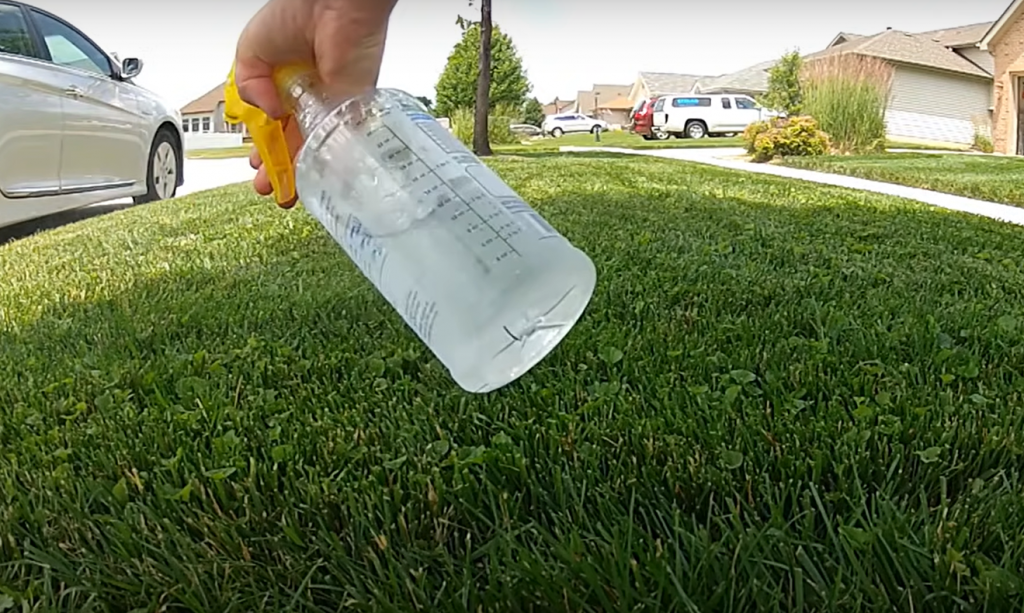
Herbicide is also more effective when the leaves are dry. So, if possible, try to spray on a sunny day.
STEP 2: Don protective gear and prep your herbicide.
Be sure to wear long pants, a long-sleeved shirt, gloves, and goggles when handling any herbicide. You’ll also want to mix your herbicide in a well-ventilated area.
You can also add a teaspoon of dish soap to help the mixture stick to the leaves of the plant.If you’re using a commercial herbicide, follow the instructions on the label.[4]
STEP 3: Concentrate the spray on the Creeping Charlie.
Be sure to soak the leaves and stems thoroughly. You may need to apply the herbicide more than once to completely kill the plant.
If you have children or pets, be sure to keep them away from the area until the spray has dried.[4]
STEP 4: Maintain your lawn to prevent the return of ground ivy.
After you’ve gotten rid of ground ivy, it’s important to take steps to prevent its return. One of the most important things you can do is to maintain your lawn. Keep the grass healthy and thick so that ground ivy has trouble taking root. You should also mow regularly and remove any weeds that pop up.
If you have a lot of shade in your yard, consider planting ground ivy-resistant varieties of grass, such as Kentucky bluegrass or tall fescue. These types of grasses are more resistant to disease and pests, making them less likely to be taken over by ground ivy.
With a little effort, you can get rid of creeping charlie and keep it from coming back.
Creeping Charlie’s Good Points
Creeping Charlie (Glechoma hederacea) is also known as ground ivy, gill-over-the-ground, and creeping Jenny. It’s a low-growing, evergreen perennial that can be found in many lawns across North America. This fast-spreading weed has heart-shaped leaves and produces small blue flowers in the springtime.
While Creeping Charlie may be considered a nuisance by some homeowners, this plant does have a few good qualities. For instance, it can help to deter pests from your garden and it provides valuable ground cover for bare spots in your lawn. Additionally, the roots of this plant are known to release compounds that can improve the soil quality in your yard.
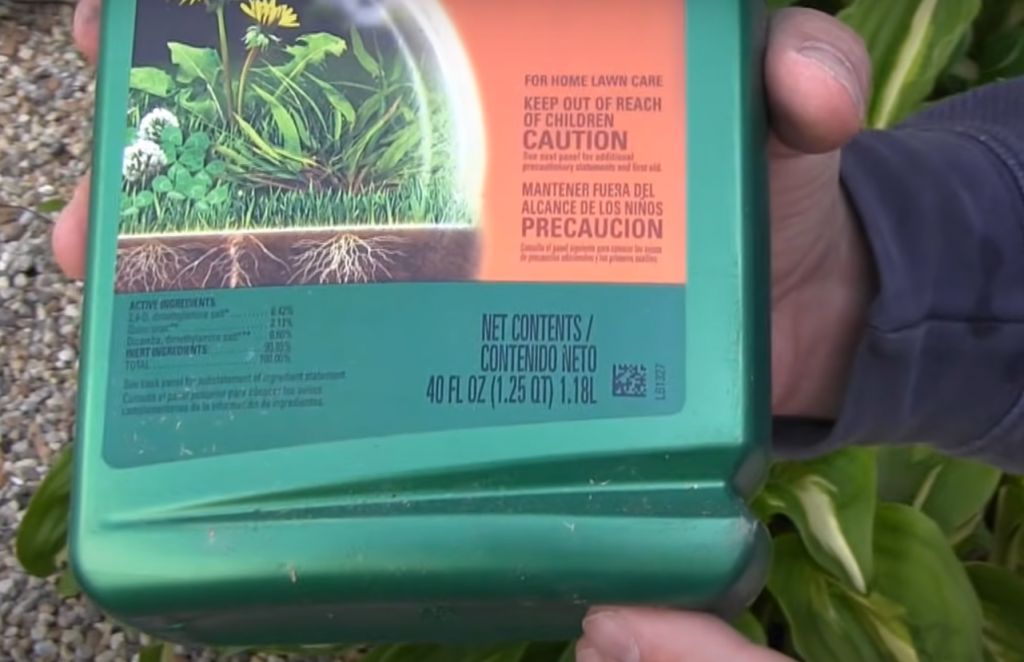
FAQ
Does vinegar kill creeping Charlie?
Yes, vinegar can kill creeping Charlie. You can either use white vinegar or apple cider vinegar. Just pour it onto the plant and make sure to get the leaves wet. The acetic acid in the vinegar will kill the plant.
You can also add a little bit of dish soap to the vinegar to help it stick to the leaves better. This will ensure that all of the leaves are coated and that the plant absorbs as much of the mixture as possible.
Another option is to mix equal parts water and vinegar in a spray bottle and then spray it onto the plant. This method is especially useful if you have a large area that is infested with creeping Charlie.
Whatever method you choose, be sure to do it on a sunny day. The heat will help the vinegar to evaporate more quickly, which will make it more effective. You may need to repeat the process a few times before the plant is completely dead.
What kills creeping Charlie the best?
There are many products on the market that will kill creeping Charlie, but not all are created equal. For the best results, look for a product that contains glyphosate as the active ingredient. Glyphosate is a broad-spectrum herbicide that will kill most types of plants, so it’s important to use it carefully and only on areas where you want to get rid of vegetation.
Another option is to use a product containing dicamba. Dicamba is a selective herbicide that will only kill certain types of plants, so it’s safer to use around people and pets. However, it’s important to read the label carefully to make sure that the product you choose is safe for use on your particular type of grass.
What fertilizer kills creeping Charlie?
One of the most common questions we get is what fertilizer kills creeping Charlie. The answer is that any type of fertilizer with a high nitrogen content will help to kill this weed. You can either use a chemical fertilizer or an organic fertilizer like manure. If you choose to use a chemical fertilizer, make sure to follow the directions on the package carefully. Too much nitrogen can damage your lawn.
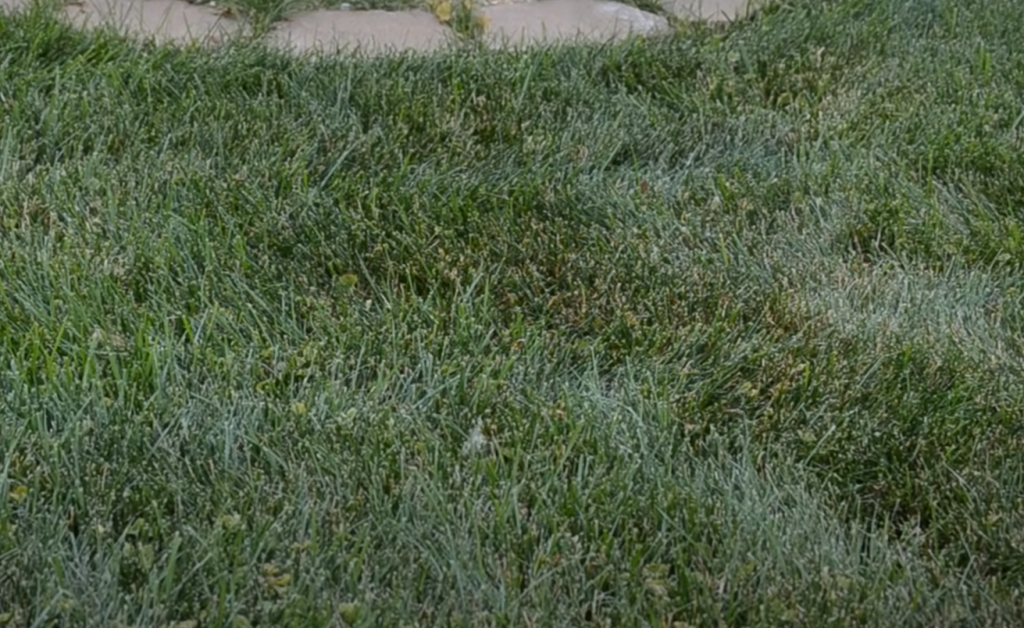
Organic fertilizers are generally considered safer for the environment, but they may take longer to work than chemical fertilizers. Manure is one of the best organic options for killing creeping Charlie because it contains high levels of nitrogen. However, it can also be difficult to find and spread manure evenly over your lawn.
If you have pets, you can also use their waste as fertilizer. Just make sure it is completely dry before you apply it to your lawn, as wet manure can damage the grass.
Another option is to use a pre-emergent herbicide that contains chemicals like trifluralin or siduron. These herbicides work by preventing weed seeds from germinating, so they won’t be able to take root in your lawn. You should apply a pre-emergent herbicide in early spring, before the weed seeds have had a chance to germinate.
Is creeping Charlie crabgrass?
No, they are not the same plant. Creeping charlie is in the mint family, while crabgrass is a member of the grass family. They have different appearances and growth habits, but both can be pesky weeds in your lawn or garden.
Creeping charlie (Glechoma hederacea) is also known as ground ivy, gill-over-the-ground, creeping Jenny, and catsfoot. It’s an evergreen perennial that spreads via runners (stolons), rooting at the nodes as it goes. This low-growing weed can form a dense mat of foliage on your lawn, smothering other plants in its path.
Crabgrass (Digitaria spp.), on the other hand, is an annual grassy weed. It germinates in late spring and dies with the first frost in fall. Crabgrass has a fibrous root system and spreads via seed. This weed grows quickly and can reach up to two feet tall, making it difficult to mow.
Useful Video: How To Get Rid Of Creeping Charlie, Ground Ivy In Lawn Part 1
Conclusion
Now that you know how to get rid of creeping charlie, you can finally enjoy your lawn or garden without this pesky weed! Be sure to follow the tips and advice in this article for best results. Good luck!
Do you have any questions about how to get rid of creeping charlie? Let us know in the comments below! And be sure to check out our other articles on gardening and lawn care for more helpful tips and advice. Thanks for reading!
References:
- https://www.bobvila.com/articles/how-to-get-rid-of-creeping-charlie/
- https://www.bhg.com/gardening/pests/insects-diseases-weeds/how-to-get-rid-of-creeping-charlie/
- https://www.gardeningknowhow.com/plant-problems/weeds/kill-creeping-charlie.htm
- https://www.thespruce.com/how-to-kill-creeping-charlie-2131200
- https://www.hgtv.com/outdoors/flowers-and-plants/whats-in-a-name-creeping-charlie-gets-around




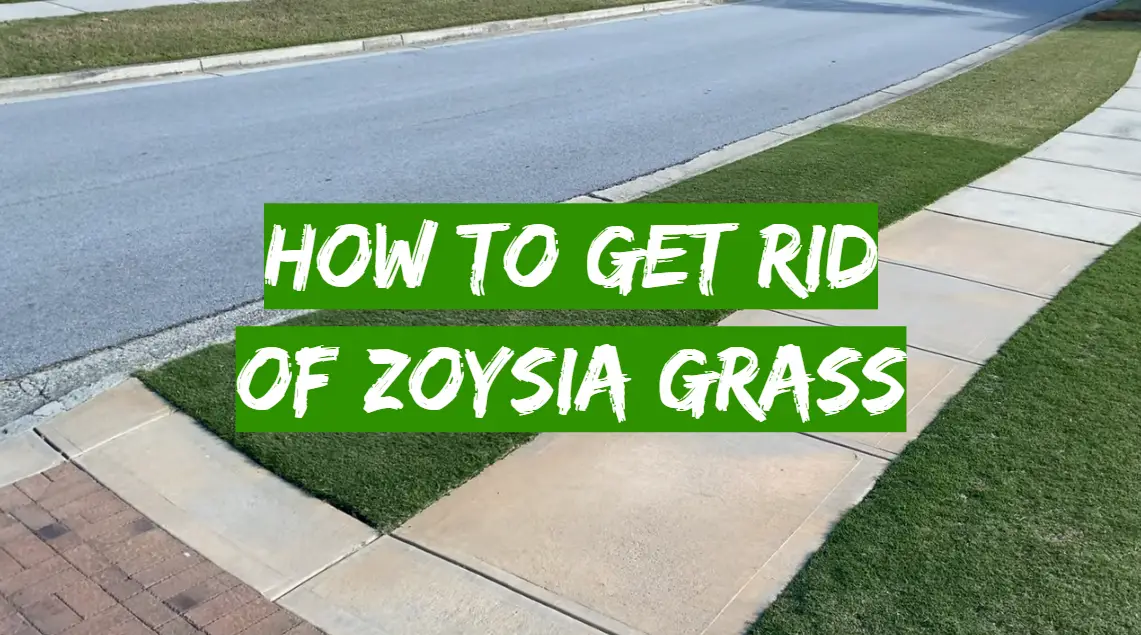
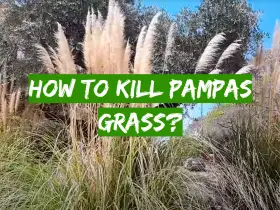

Leave a Reply
View Comments